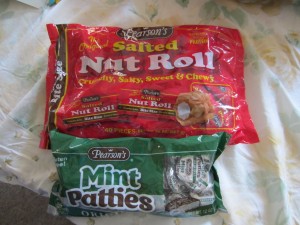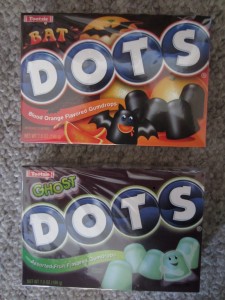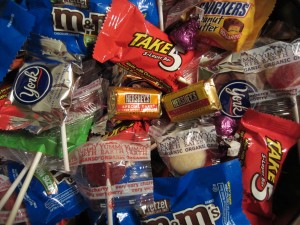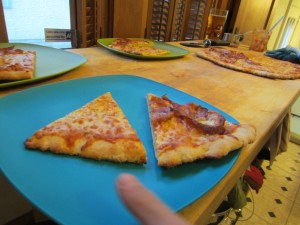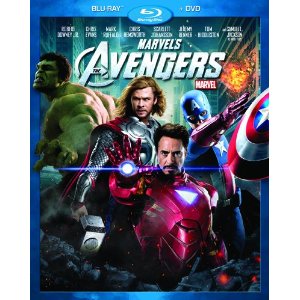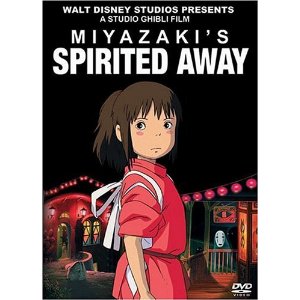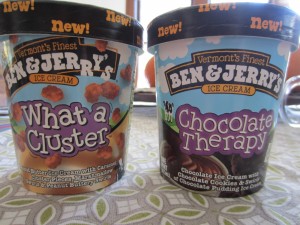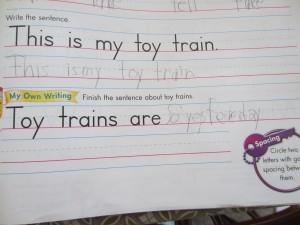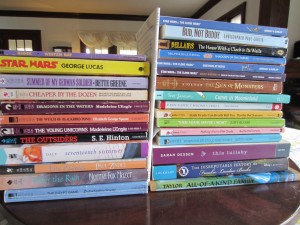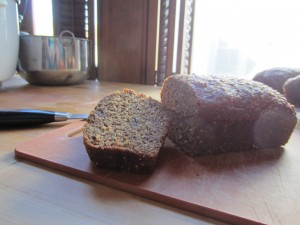Back before I had kids, I was a once-a-week cleaner. Having kids, and especially moving through a bout of post-partum depression, taught me to tolerate a greater level of filth in the interest of self preservation.
However, now that both my kids are in school all day and my work is occasional freelance writing from home, I must admit that there’s little excuse for the copious dirt and blowing and drifting piles of crap in the house. Other than that housekeeping sucks. To use one of my favorite British-isms, which I think I got from Bridget Jones’ Diary, I am a poster child for sluttish housewifery.
Yesterday the kids had off from school, and I decided to tackle the shower grout, which had reached alarming levels of yuck. It was especially icky in the corners. When I began to research home-made, less-toxic cleaners, though, I found so many options my head spun. Always very curious, though, I decided to make an experiment out of it. I pitched it to the boys, and amazingly, they bought it.
The raw materials:

First, I made solutions using various mixes of water, vinegar, peroxide, baking soda, Barkeepers Friend, Bon Ami, Borax, Dawn blue soap, Dr. Bronner’s Sal Suds:
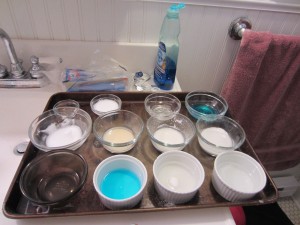
I made a chart so I wouldn’t forget which was which. This was an official science experiment, after all:
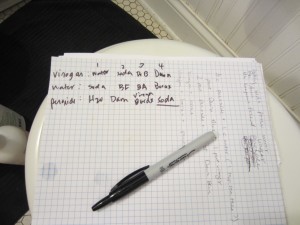
Then I applied each solution to a section in the shower, including two control sections at the bottom of Comet with bleach and Clorox Bleach Pen.

I waited about 15 minutes, wiped off, then scrubbed off with an old toothbrush. My experiment returned meaningful results. I was chagrined to find the bleach worked best (though online sources say there’s a risk of it yellowing the grout over time.) BUT pleased to find the natural cleaners worked nearly as well. Anything with Dawn blue turned the grout a little blue, so that was out. Baking soda whitened as well as Bon Ami, Barkeepers Friend or Borax, so might as well use soda–cheaper and less toxic. Water worked as well as vinegar, but perhaps a smidge less well than peroxide.
Here, however, is what convinces me that I should avoid bleach and other toxic cleaners, no matter how effective:

After the test, the kids and I used the remains of the 12 non-toxic solutions to clean the rest of the shower. I am including this incredibly unflattering photo of myself so you can see the cleaner spattered in my hair and on my face and glasses. Cleaning the shower properly is a time-consuming and messy business. Doing it with something toxic like bleach seems ill-advised given the spatter zone, and especially because I had the kids working with me.
Full disclosure. After the boys stopped helping and went off to listen to Harry Potter #4 on CD read by Stephen Fry (which kept making me start and think that there was a strange man in the house, which was kind of true.) I used the bleach pen on some of the most-stained corners. I’m sure it is probably the most expensive of all the options, but it did provide precise application in all the grout lines.
In the end, I have vastly improved grout.
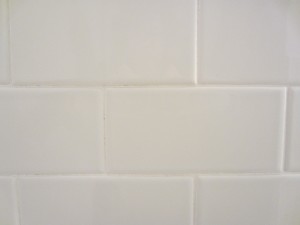
For now. Alas, based on what I read on the interwebs, which is of course always to be believed, what I should do from now on is spray the shower walls down with a solution (I recommend peroxide/water), wipe it down, clean regularly with paste (I recommend a paste of peroxide or water + soda). Alas, alack, I probably also need to remove some of the grout, regrout, then seal and maintain once a year.
Sigh. I miss being a renter and having this be someone else’s problem.
